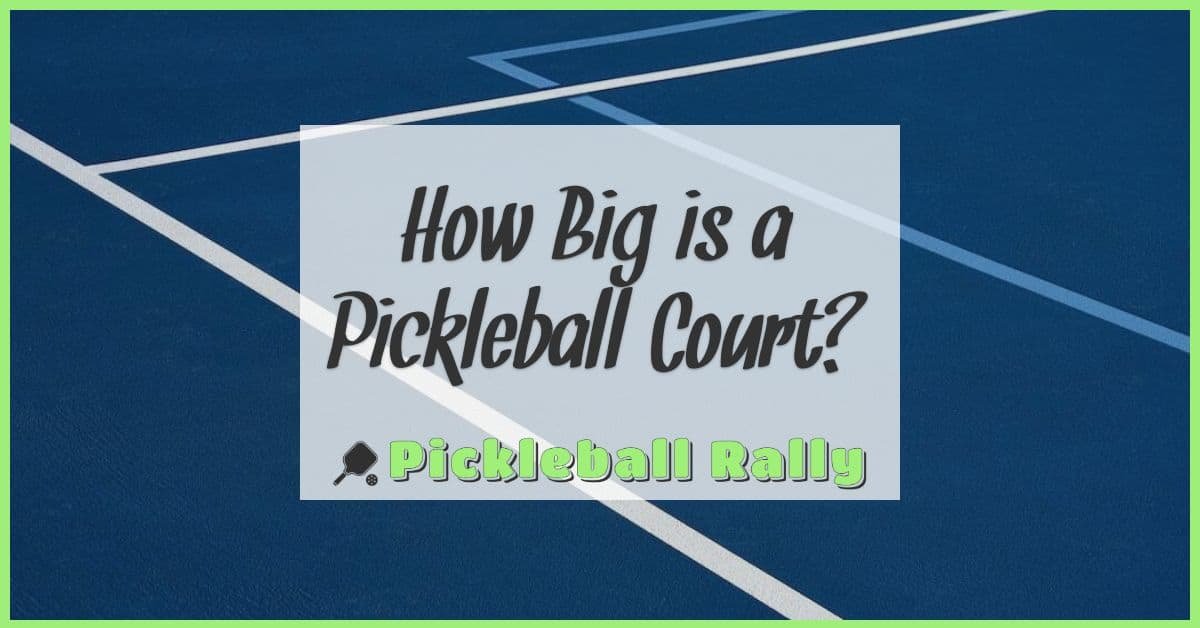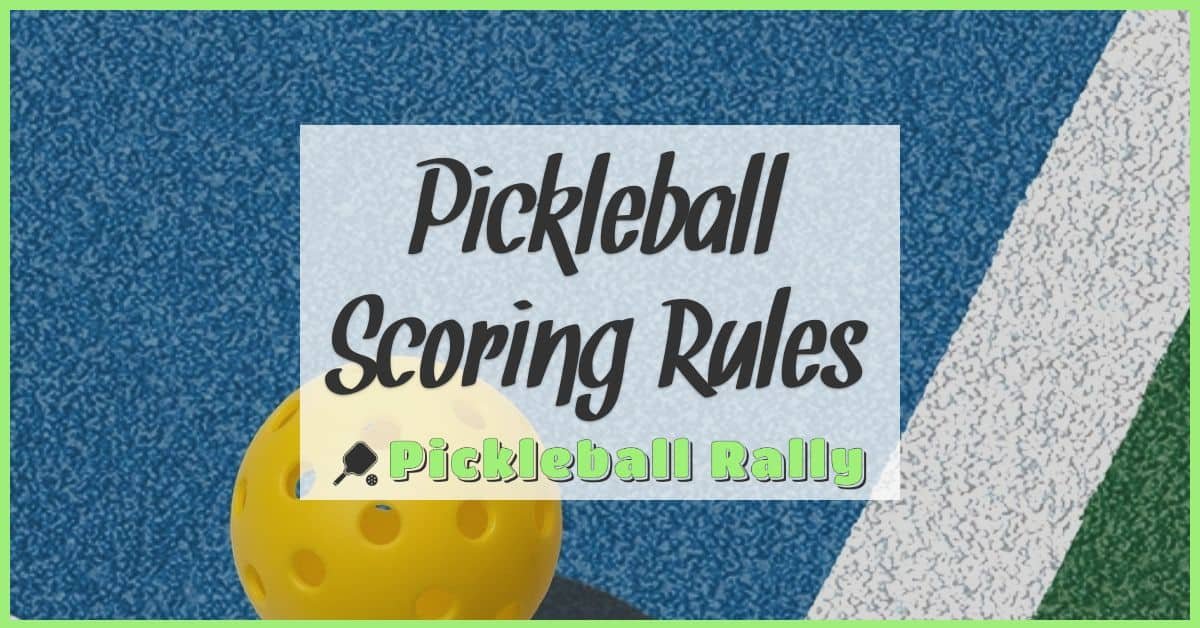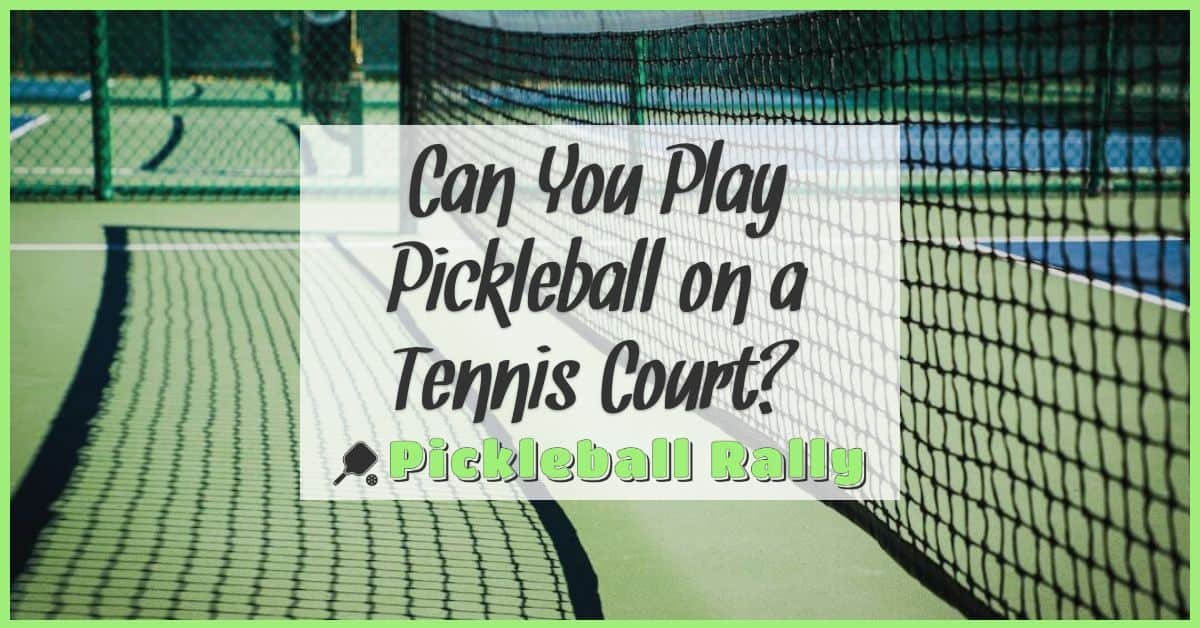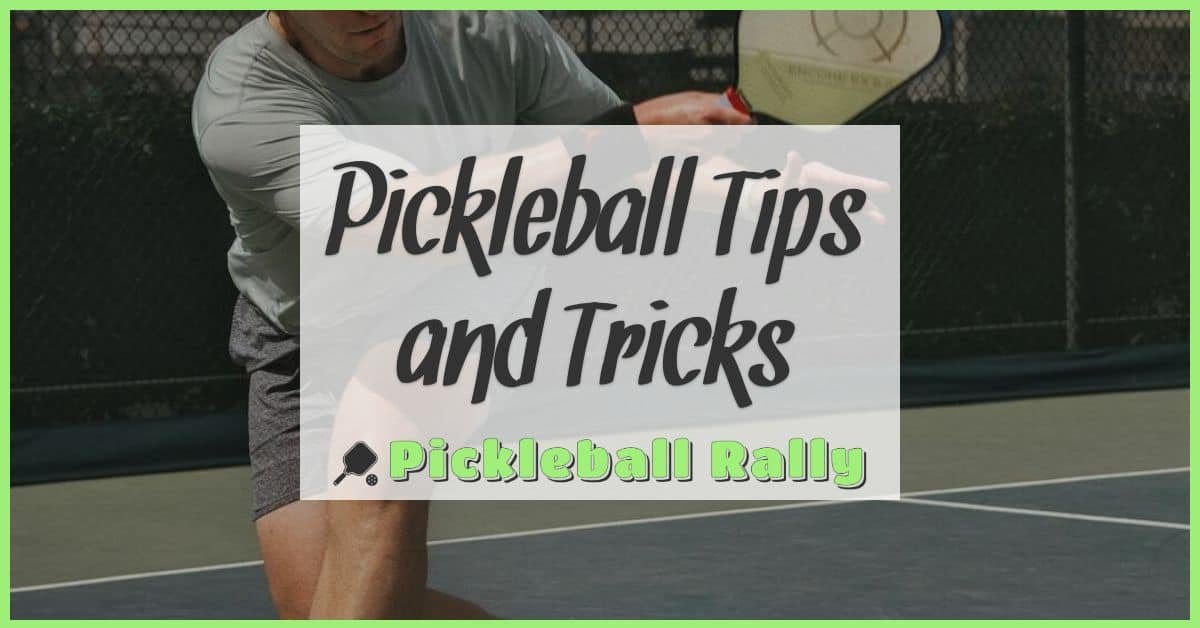Pickleball keeps growing, and with it, new ways to up your game. One move that’s been catching my attention is the drop serve. It’s a clever twist on the traditional serve that can give you an edge right from the start.
I’ve found that mastering the drop serve not only spices up your play but also keeps your opponents guessing. Before diving into the how-to, it’s important to understand the rules behind it. Let’s explore what makes the drop serve legal and how you can nail the technique to boost your pickleball skills.
Understanding the Drop Serve in Pickleball
The drop serve adds a fresh element to your pickleball game, requiring both skill and strategy. Mastering it can shift how you start each point.
Definition and Purpose
The drop serve involves dropping the ball and hitting it after it bounces once, instead of the traditional hit-from-hand serve. It aims to create a softer, more controlled serve, forcing your opponent to react rather than attack aggressively. This technique varies your serve sequence, breaking predictability. When executed well, it makes the opponent adjust their positioning and timing, giving you an early advantage.
When to Use the Drop Serve
I use the drop serve when facing aggressive returners who dominate with fast, attacking returns. It helps slow the pace and brings unpredictability to the game. It’s especially effective on slower surfaces or in windy conditions, where power serves lose consistency. Incorporate it during practices to build confidence, then deploy it during tight matches to disrupt your opponent’s rhythm. Doing so can give you control from the first shot.
Rules Governing the Drop Serve
Understanding the official rules on the drop serve helps ensure every serve counts and avoids unnecessary faults. I always remind players that mastering these rules provides a solid foundation before focusing on technique.
Official Pickleball Regulations
The drop serve requires dropping the ball from the hand and striking it after it bounces. According to USAPA guidelines, the paddle must make contact with the ball below the server’s waist level and behind the baseline. The server’s feet must remain behind the baseline and within the imaginary extensions of the sideline. The ball cannot be tossed or thrown; it must fall naturally from the hand before the paddle contacts it. The serve must travel diagonally crosscourt and clear the non-volley zone.
Common Rule Violations to Avoid
I’ve seen players lose points due to a few common mistakes. Striking the ball before it bounces is a frequent error and results in a fault. Tossing or throwing the ball instead of dropping it disqualifies the serve. Moving the feet into the court or beyond the sideline boundary before hitting the ball also causes faults. Serving into the non-volley zone or failing to clear it leads to a missed serve. Staying mindful of these details can reduce lost points and improve consistency during matches.
Techniques for Executing the Drop Serve
Mastering the drop serve requires attention to details in stance, paddle control, and timing. I’ll break down the key techniques that help me execute this serve with precision and control.
Proper Stance and Grip
I start with a balanced stance, feet shoulder-width apart, placing my weight slightly on the back foot for stability. I hold the paddle with a relaxed continental grip, which feels natural for both forehand and backhand motions. Keeping my wrist loose helps me generate the right touch on the ball. The paddle stays low and ready behind the baseline to meet the ball just after its bounce.
Step-by-Step Drop Serve Execution
- Position the ball in my open palm, held waist-high.
- Drop the ball vertically without applying spin or toss.
- Watch for the ball to make a complete bounce on the court.
- Swing the paddle in a smooth, controlled upward arc.
- Make contact with the ball below the waist, keeping the paddle face slightly open.
- Follow through lightly, directing the ball deep into the opponent’s service box.
This sequence keeps the serve legal per USAPA rules and produces a soft, low trajectory that challenges returners.
Tips for Consistency and Accuracy
I focus on maintaining a steady drop height and paddle angle to repeat the motion reliably. Using a relaxed grip and slow, deliberate movements minimizes tension and mistakes. Practicing with target cones or markers on the court helps me improve placement. Staying patient and avoiding rushed swings builds confidence in my drop serve during matches.
Advantages and Disadvantages of the Drop Serve
Mastering the drop serve adds a valuable tool to your pickleball game, but it comes with its own set of pros and cons. Understanding both helps me adapt it effectively in matches.
Benefits for Beginners and Advanced Players
Beginners gain control by using the drop serve because it reduces the speed and spin of the ball, making returns more manageable. I find that it builds confidence during serves and strengthens overall technique. Advanced players benefit differently. I’ve seen them use the drop serve to disrupt opponents’ timing and force weaker returns. Its element of surprise creates openings for aggressive plays afterward. Both skill levels can improve consistency by practicing the drop serve’s precise timing and paddle placement.
Potential Challenges and How to Overcome Them
Executing the drop serve demands patience and precise coordination between the drop and the hit. I know players might struggle with dropping the ball too high or hitting before it bounces, which leads to faults. To overcome this, I recommend drilling a steady ball drop from waist height while keeping a relaxed grip. Staying focused on paddle contact below the waist prevents common mistakes. If the ball feels hard to control, slowing the tempo during practice sessions helps develop a smoother rhythm. Building muscle memory through repetition turns challenges into confident, reliable serves.
Conclusion
Mastering the drop serve has definitely changed the way I approach my pickleball game. It’s a subtle but powerful way to keep opponents guessing and take control right from the start.
I’ve found that practicing the right technique and sticking to the rules not only boosts my confidence but also helps me stay consistent during matches. Whether you’re just starting out or looking to add a new weapon to your arsenal, the drop serve is worth the effort.
Give it time, be patient with yourself, and enjoy the process of making this serve a natural part of your gameplay. It’s a small change that can make a big difference on the court.









